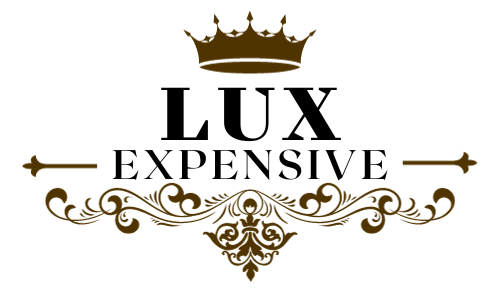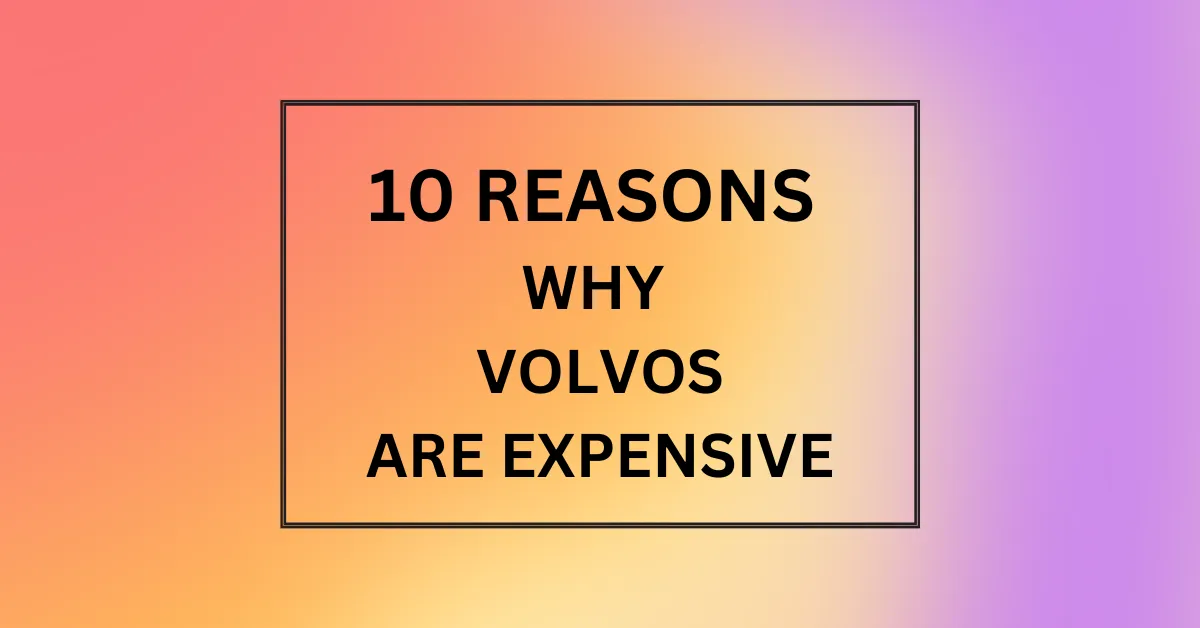Volvos are expensive because of their substantial investments in pioneering safety research, testing, and technology to protect drivers. They also use superior materials and manufacturing methods focused on reliability and comfort over cost savings. Lastly, Volvo's prestige as an innovative Swedish brand pursuing advanced EV technology justifies the automaker passing higher expenses to customers.
When it comes to safety and reliability, Volvo has built quite the reputation over the last 90 years. However, with great engineering comes premium pricing, leaving many wondering – why are Volvos so expensive? Well, there are a few key reasons these Swedish cars cost more than comparable models. Read on as we countdown the top 10 factors behind the steeper Volvo price tag.
Top 10 Reasons Why Are Volvos So Expensive
1. Investment in safety research and testing
Volvo strives to lead the industry in safety. They operate their own independent crash test lab, consistently exceeding basic standards. This rigorous testing uses more expensive equipment and materials, but provides data to better understand real-world collisions from every angle under varying conditions.
All this research and development into safety technology gets incorporated into each new model.
2. High-quality materials and manufacturing
Volvo utilizes more ultra high-strength boron steel than other automakers. They fastidiously check that body panels have narrow, uniform gaps. Plus, every Volvo gets a strong corrosion protection coating.
This level of material quality and precision manufacturing requires specialized equipment, more working hours per vehicle, and increased environmental controls.
3. Cutting-edge safety and technology features
Standard safety equipment you’d pay extra for from other brands comes built into Volvos. We’re talking sophisticated systems like collision avoidance, adaptive cruise control, lane keep assist, road sign information, automatic braking, blind spot alerts, parking sensors and cameras, and more.
Having the latest driver assistance and occupant protection tech means charging higher prices.
4. Comfort-focused interiors
Plush, supportive seats with plenty of adjustment, generous legroom and headspace, soft-touch surfaces, and superior sound insulation provide an exceptionally comfortable cabin environment.
Unlike more basic interiors prioritizing functionality over form, Volvo designs their looks, materials, and amenities specifically to enhance driver and passenger comfort – but this first-class treatment gets reflected in the MSRP.
5. Low production volume
With larger manufacturers churning out vehicles by the millions, Volvo produces a fraction in comparison. Their specialization in wagons, crossovers and SUVs also limits broader market appeal.
Producing lower volumes per model raises overall costs. Without the economy of scale advantages benefiting higher production competitors, Volvo passes expenses to customers.
6. Brand prestige and desirability
Volvo strategically positions itself as the premium Scandinavian brand renowned for safety within the wider auto market. Rarely discounting models and controlling distribution retains resale value and exudes an air of exclusivity.
Effectively promoting intrinsic merits like safety leadership and Swedish design heritage helps justify charging rates aligned with posh European rivals than mainstream brands.
7. Costlier replacement parts
That advanced safety technology also makes for more complex vehicle systems and components relative to average cars and trucks. More sensors, automatic tensioners, and specialty materials increase prices of brackets, airbags, bumper fascias, and more that may need replacing after a fender bender.
Even basic maintenance using branded parts instead of generics contributes to overall ownership costs down the line.
8. Limited high-volume production outside Europe
Volvo only operates factories in Sweden and Belgium. Unlike mass market brands leveraging lower production costs in Asia or Mexico, Volvos bound for North America get imported from those European plants.
Shipping finished vehicles overseas adds to pricing here. Some localization helps control costs, but import duties affecting foreign brands coupled with higher wages and regulations in Europe add up.
9. Investment costs in electric vehicle technologies
Ambitious sustainability goals are revolutionizing Volvo’s vehicle lineups and manufacturing operations – but this green transition requires serious capital investments.
Their Recharge project fast-tracks widespread electrification along with plans to produce climate neutral cars in climate neutral factories before 2030. Making progress towards those benchmarks now involves costly changes that contribute to pricing.
10. Dealership overhead and service requirements
Finally, operating dedicated Volvo showrooms and service centers compliant with rigorous brand standards also pushes overhead higher than typical dealerships representing multiple brands.
From specialized diagnostic tech and repair tools to required training and certification for technicians, providing the level of sales and service customers expect from Volvo contributes indirectly to MSRP and long-term ownership expenditures.
Are volvos Good?
Absolutely, Volvos consistently earn high praise from owners and experts for their safety ratings, durability, advanced technology, responsiveness, interior materials, and overall quality.
Are volvos Worth The Price?
For those valuing superb engineering, premium interiors, and leading collision protection systems, Volvos justify their higher prices and cost more to buy but retain value better long-term.
Where To Buy volvos?
In the US Volvo operates around 275 dealerships, mainly in metro areas, that offer new/used sales along with service and parts – find a nearby retailer on Volvo’s website or visit one for a test drive.

